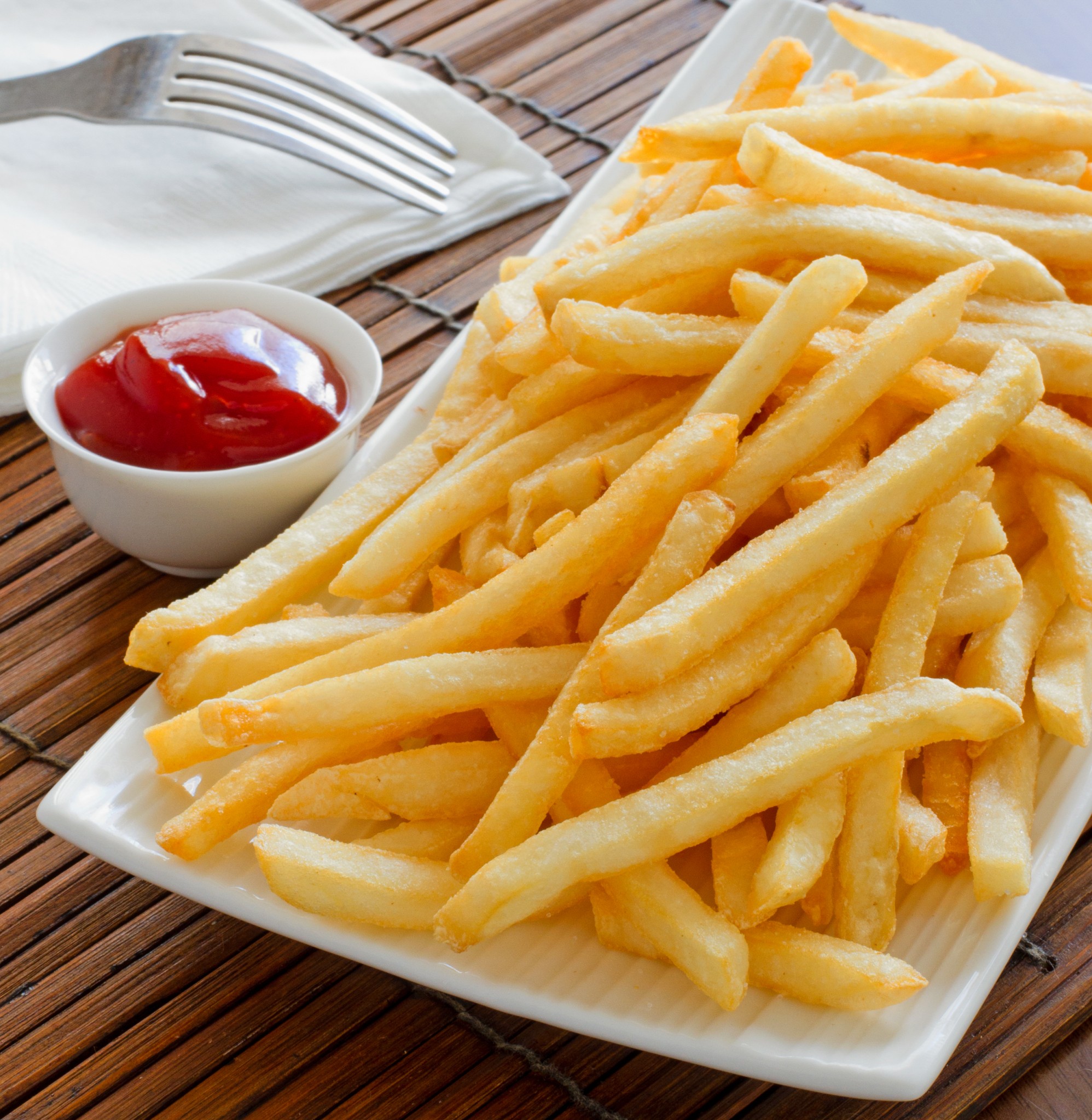It’s tough to make a french fry with a consistent crunch.
A Better French Fry
When it first started to expand during the 1950s, McDonald’s had a french fry problem. Suppliers were providing the same russet potatoes. They used precisely the same soaking and cooking techniques. But still, some french fries were perfect while others were too soggy.
Millions of dollars and hundreds of hours later, McDonald’s researchers realized that their potatoes had to be stored for three weeks so that enough sugars could turn to starches. Next, moving closer to a solution, they made sure the raw fries and the oil temperatures were identical from restaurant to restaurant. Finally though, It turned out that the french fries cooked perfectly whenever the oil temperature rose no more than three degrees above its lowest point. With an electrical sensor that maintained the three-degree difference, they were able to make what we now know are McDonald’s fries.
Later, they applied the same technology to Chicken McNuggets and Filet-O-Fish as well.
A Better Potato Chip
Looking for a better potato chip, Wise (maker of chips, cheese doodles, you know) joined with the USDA and Pennsylvania State University to develop a potato that would “chip” perfectly. The result (in 1967) was a hybrid called the Lenape with the right amount of sugars and starches. Unbeknownst to the breeders though, was one detail. The characteristics that created a potato that “chipped golden” also made it high in an alkaloid called solanine–three times higher than the typical russet. Too much solanine made people sick. They become nauseous, get diarrhea, and could die. Wise never did sell chips made from the Lenape and in 1970, it was withdrawn from the market.
But, the Lenape potato furthered our knowledge of the toxins that exist naturally in our everyday foods.
Where are we going? To food R&D.
Like other R&D, food processing successes and failures are technological springboards. Seemingly trivial compared to computer chips, french fry and potato chip research can have an impact that ripples through the economy.
The Bottom Line: Research and Development
Providing a lens for explaining the value of research, Harvard professor Clay Christensen said, “empowering, sustaining and efficiency”. An empowering innovation transforms our landscape like the Ford Model T and cloud computing. When we think of sustaining, new products that replace old ones like the Prius should come to mind. And lastly, efficiency, predictably diminishes production costs.
Where do new fries fit?





